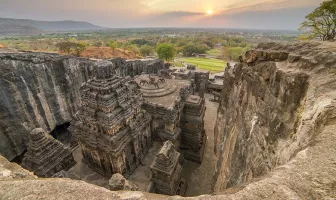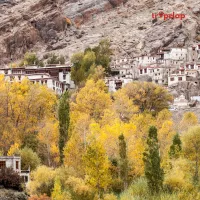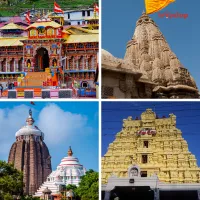Top 5 Places to visit in Madhya Pradesh
Often known as the heart of India, Madhya Pradesh is one of the important sites for the history of India. The region is celebrated for its architectur - Tripclap
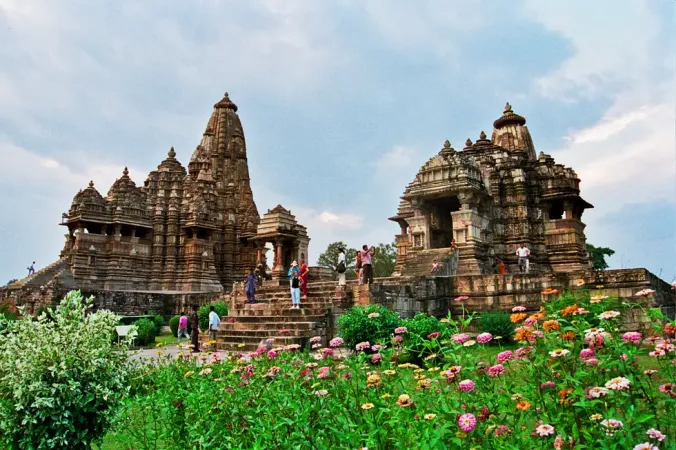
Often known as the heart of India, Madhya Pradesh is one of the important sites for the history of India. The region is celebrated for its architectural brilliance along with some never-before-seen places in India.
Madhya Pradesh is a state located in the central region of India and is the second-largest state in the country by area. The state was created on November 1, 1956, when the Hindi-speaking regions of the erstwhile Madhya Bharat and Vindhya Pradesh were merged into one state.
As per research, it is indicated that Madhya Pradesh has been inhabited since the late Paleolithic period. From around the 9th century BCE, a neolithic culture flourished in the region, with the first evidence of settlement dating back to the 7th century BCE. The region was part of the Achaemenid Empire and, later, the Mauryan Empire, both of which had a significant influence on it. The Gupta Empire conquered the region in the 4th century CE, and the Vakataka dynasty ruled from the 4th to the 6th century CE. The Chalukya dynasty came to power from the 6th to the 13th centuries. From the 13th to the 15th century CE, the region was ruled by the Tomara dynasty, followed by the Lodhi dynasty from the 15th to the 16th century CE. And finally, the British Raj from the 19th century to the 20th century CE.
The state has several historical and tourist destinations, such as the temples of Khajuraho, the fortresses of Gwalior and Mandu, the national parks of Bandhavgarh and Kanha, and the ghats of the Narmada and Tapti rivers. The Malwa region of the state is known for its wine production. The place is also known for its artisans, which is highly reflected in the craftsmanship.
Per Person
17,999
*EXCLUDING APPLICABLE TAXES 4.3 Ratings
( 218 Reviews )
( 218 Reviews )
Per Person
12,980
*EXCLUDING APPLICABLE TAXES Per Person
19,600
*EXCLUDING APPLICABLE TAXES Per Person
4,999
*EXCLUDING APPLICABLE TAXES Per Person
25,500
*EXCLUDING APPLICABLE TAXES Per Person
12,788
*EXCLUDING APPLICABLE TAXES Per Person
10,400
*EXCLUDING APPLICABLE TAXES 3.7 Ratings
( 5 Reviews )
( 5 Reviews )
Per Person
27,689
*EXCLUDING APPLICABLE TAXES Per Person
8,500
*EXCLUDING APPLICABLE TAXES Per Person
9,000
*EXCLUDING APPLICABLE TAXES 3.7 Ratings
( 5 Reviews )
( 5 Reviews )
Visit the smart city Indore
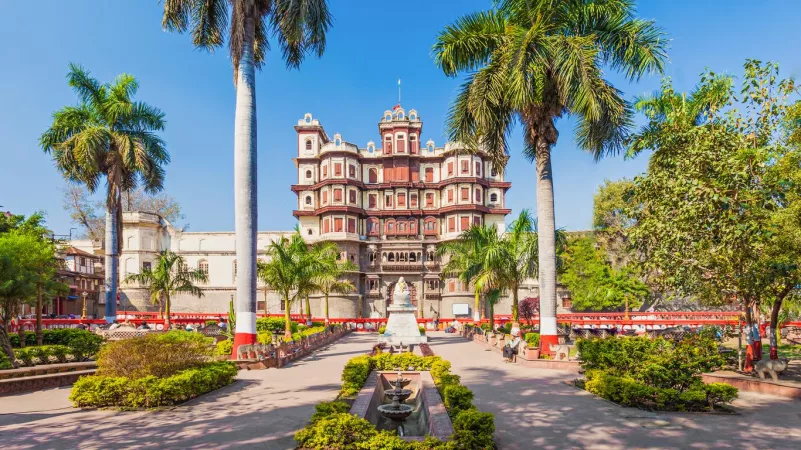 View Gallery - 6
View Gallery - 6 One of the important places in Madhya Pradesh, Indore is located in the Malwa region of western Madhya Pradesh. The city was founded in the early 18th century by the Maratha general, Malhar Rao Holkar. Indore was an important commercial centre in the Malwa region and played an important role in the Maratha Empire. The city was captured by the British in 1818, and it became the capital of the Central Provinces and Berar in 1861.
The city became an important commercial centre in the British Raj, and it was the centre of the cotton industry. The city was the site of the first Indian stock exchange, the Bombay Stock Exchange, which was established in 1875. The city became the capital of the state of Madhya Bharat in 1948, and it was renamed Indore in 1956.
Indore has been selected as one of the hundred Indian cities to be developed as a smart city under the Smart Cities Mission. The city is known for its textile and diamond businesses, and it is also a major tourist destination. The city is home to several tourist attractions, including the Lal Baag Palace, the Kanch Mandir, and the Chokhi Dhani Resort.
Places to visit in Madhya Pradesh
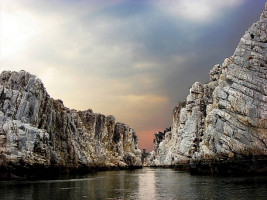
Bhedaghat
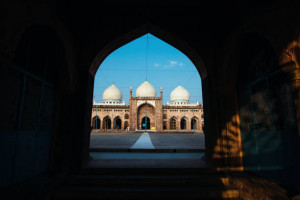
Bhopal
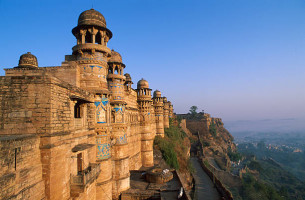
Gwalior
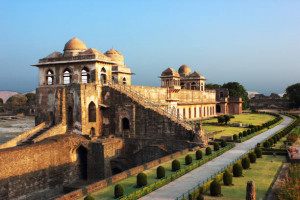
Indore
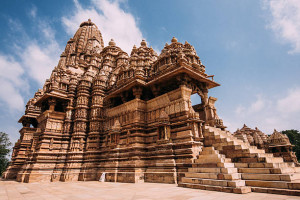
Khajuraho
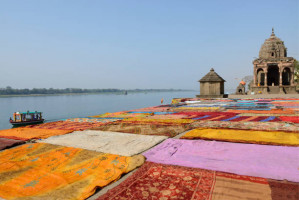
Maheshwar
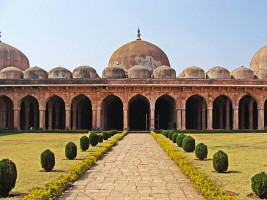
Mandu
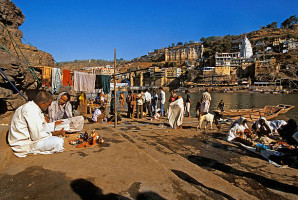
Omkareshwar

Pachmarhi
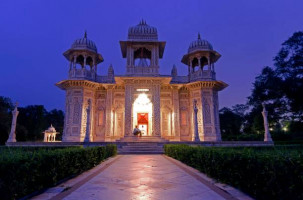
Shivpuri
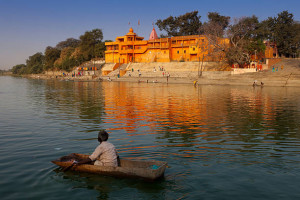
Ujjain
Jabalpur

Kanha National Park
Kankali Devi Temple
Indore, Madhya Pradesh Tour Packages
Per Person
25,500
*EXCLUDING APPLICABLE TAXES Per Person
8,500
*EXCLUDING APPLICABLE TAXES Per Person
11,500
*EXCLUDING APPLICABLE TAXES 5.0 Ratings
( 8 Reviews )
( 8 Reviews )
Per Person
20,000
*EXCLUDING APPLICABLE TAXES Per Person
7,000
*EXCLUDING APPLICABLE TAXES 5.0 Ratings
( 8 Reviews )
( 8 Reviews )
Per Person
19,026
*EXCLUDING APPLICABLE TAXES 4.9 Ratings
( 200 Reviews )
( 200 Reviews )
Per Person
16,400
*EXCLUDING APPLICABLE TAXES Per Person
17,999
*EXCLUDING APPLICABLE TAXES 4.3 Ratings
( 218 Reviews )
( 218 Reviews )
Per Person
10,216
*EXCLUDING APPLICABLE TAXES 4.9 Ratings
( 200 Reviews )
( 200 Reviews )
Per Person
6,999
*EXCLUDING APPLICABLE TAXES Notice the architecture of Khajuraho
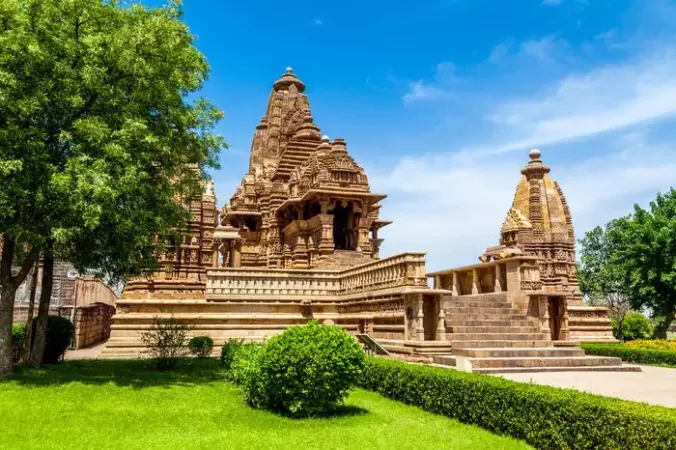 View Gallery - 6
View Gallery - 6 Located in the eastern Vindhya Mountain range, the city is known for its array of temples and architectural brilliance, Khajuraho is a small town in the state of Madhya Pradesh, located in the Bundelkhand region. The town is home to some of the most beautiful Hindu temples in India, which were built between the 9th and 11th centuries. The temples are known for their intricate carvings, which depict a variety of erotic scenes.
Dating back to history, Khajuraho was the capital of the Chandela dynasty, which reached the height of its power under Jayadeva I (985–1035). The Chandelas were a Hindu dynasty that ruled over much of central India between the 9th and 12th centuries.
The Khajuraho temples are famous for their erotic sculptures. Today, the Khajuraho Group of Monuments has been listed as a UNESCO World Heritage Site since 1986. The temples are dedicated to the Hindu gods Shiva, Vishnu, and Jain Tirthankaras. They were built over a span of a thousand years, from 950 to 1050 CE.
The temples of Khajuraho are a unique and true example of Indian architecture.
Places to visit in Madhya Pradesh
Khajuraho, Madhya Pradesh Tour Packages
Per Person
12,788
*EXCLUDING APPLICABLE TAXES Per Person
29,677
*EXCLUDING APPLICABLE TAXES Per Person
15,470
*EXCLUDING APPLICABLE TAXES Per Person
19,000
*EXCLUDING APPLICABLE TAXES 4.9 Ratings
( 200 Reviews )
( 200 Reviews )
Per Person
17,999
*EXCLUDING APPLICABLE TAXES 4.3 Ratings
( 218 Reviews )
( 218 Reviews )
Per Person
16,890
*EXCLUDING APPLICABLE TAXES Per Person
16,780
*EXCLUDING APPLICABLE TAXES Per Person
8,999
*EXCLUDING APPLICABLE TAXES 4.9 Ratings
( 200 Reviews )
( 200 Reviews )
Per Person
12,980
*EXCLUDING APPLICABLE TAXES Per Person
19,600
*EXCLUDING APPLICABLE TAXES Rediscover the ancient Sanchi
 View Gallery - 6
View Gallery - 6 Another UNESCO World Heritage Site, Sanchi is a small town located in Madhya Pradesh. The town is best known for the Buddhist stupas and monuments located here. These structures were built in the 3rd and 4th centuries AD and are now a popular tourist destination all over.
In Sanchi, the Sanchi Stupa is one of the iconic things to witness. The Stupa of Sanchi is a Buddhist monument located in Sanchi, Madhya Pradesh, India. It is the oldest stone structure in India and was originally commissioned by the emperor Ashoka in the 3rd century BC. The stupa was enlarged and decorated by the Gupta dynasty in the 5th century AD. The stupa was enlarged and embellished over the centuries. The last major addition was made in the 12th century AD. The Sanchi stupa is a hemispherical structure and is made of brick and mortar. The stupa is decorated with carved stone reliefs that depict scenes from the life of the Buddha and his disciples, including the famous "four lions" at the base. The structure was damaged and abandoned during the Muslim invasions of the 12th century. It was rediscovered in 1818 by British archaeologist John Marshall.
Other important places to visit include Udaygiri Caves, Ashok Pillar, Sanchi Museum, Gupta Period temple, Sonari Buddhist Stupas, Satdhara Buddhist Stupas, Bhimbetka and many more.
Places to visit in Sanchi
Madhya Pradesh, Sanchi Tour Packages
Per Person
17,999
*EXCLUDING APPLICABLE TAXES 4.3 Ratings
( 218 Reviews )
( 218 Reviews )
Per Person
12,980
*EXCLUDING APPLICABLE TAXES Per Person
19,600
*EXCLUDING APPLICABLE TAXES Per Person
4,999
*EXCLUDING APPLICABLE TAXES Per Person
25,500
*EXCLUDING APPLICABLE TAXES Per Person
12,788
*EXCLUDING APPLICABLE TAXES Per Person
10,400
*EXCLUDING APPLICABLE TAXES 3.7 Ratings
( 5 Reviews )
( 5 Reviews )
Per Person
27,689
*EXCLUDING APPLICABLE TAXES Per Person
8,500
*EXCLUDING APPLICABLE TAXES Per Person
9,000
*EXCLUDING APPLICABLE TAXES 3.7 Ratings
( 5 Reviews )
( 5 Reviews )
If you are looking to experience the beauty of Madhya Pradesh, Jabalpur provides a perfect definition. The city is situated on the banks of the Narmada River and is the administrative headquarters of the Jabalpur district. It is home to a number of textile mills and engineering firms. Jabalpur is a popular tourist destination and is known for its temples, natural attractions, and historical monuments.
The recorded history of Jabalpur goes back to the 7th century AD. The earliest reference to Jabalpur is found in the 7th century AD text of the Chinese traveller Hieun Tsang. In the mediaeval period, Jabalpur was ruled by the Kalachuri dynasty and the Gonds. The city was first mentioned in a 14th century inscription of the Kalachuri dynasty. In the 16th century, Jabalpur was annexed by the Mughal Empire. In the 18th century, the Maratha Empire conquered Jabalpur. In 1818, Jabalpur came under the British East India Company. In 1858, Jabalpur was annexed by the British Raj. In 1947, Jabalpur became part of the independent Republic of India. The city was formerly the capital of the Gond Dynasty kingdom of Chhatarpur before the British East India Company annexed the region in 1818.
Jabalpur is known for its marble rocks and the Dhuandhar Falls and is also an important centre for the tourism industry.
Places to visit in Madhya Pradesh
Per Person
32,025
*EXCLUDING APPLICABLE TAXES 4.9 Ratings
( 200 Reviews )
( 200 Reviews )
Per Person
17,999
*EXCLUDING APPLICABLE TAXES 4.3 Ratings
( 218 Reviews )
( 218 Reviews )
Per Person
12,980
*EXCLUDING APPLICABLE TAXES Per Person
19,600
*EXCLUDING APPLICABLE TAXES Per Person
4,999
*EXCLUDING APPLICABLE TAXES Per Person
25,500
*EXCLUDING APPLICABLE TAXES Per Person
12,788
*EXCLUDING APPLICABLE TAXES Per Person
10,400
*EXCLUDING APPLICABLE TAXES 3.7 Ratings
( 5 Reviews )
( 5 Reviews )
Per Person
27,689
*EXCLUDING APPLICABLE TAXES Per Person
8,500
*EXCLUDING APPLICABLE TAXES Explore the lanes of Bhopal
 View Gallery - 6
View Gallery - 6 Also known as the "city of lakes", Bhopal was founded by the Mughal Emperor Bhopal in the early 18th century. The city was originally known as Bhopalgarh, but it was later renamed Bhopal. The city is a perfect blend of natural beauty and modernised planning. The city is dotted with innumerable lakes (man-made and natural) and is also known for its many historical monuments. The city is also home to a large number of educational institutions and hospitals.
It was founded by the king of the Malwa region, Dhar, and is home to the Madhya Pradesh Vidhan Sabha (legislative assembly) and the Bhojpur temple. The city has a population of over 2.5 million people, making it the 16th most populous city in India.
The attraction of Bhopal is its rich history and culture. The city is home to some of the most beautiful mosques, palaces, and gardens in India. Bhopal is also a major centre for the arts and is home to a number of museums and art galleries. Places like Birla Museum, Gohar Mahal, Taj ul Masajid, Van Vihar National Park, State Museum of Madhya Pradesh, and Upper Lake are some of the popular tourist destinations here.
Bhopal is also known for its sweet dishes and lip-smacking appetisers. From jalebi to chat, puris and the popular sahi tukda, Bhopal will win your heart and soul.
Places to visit in Madhya Pradesh
Bhopal, Madhya Pradesh Tour Packages
Per Person
17,999
*EXCLUDING APPLICABLE TAXES 4.3 Ratings
( 218 Reviews )
( 218 Reviews )
Per Person
39,712
*EXCLUDING APPLICABLE TAXES 4.9 Ratings
( 200 Reviews )
( 200 Reviews )
Per Person
32,025
*EXCLUDING APPLICABLE TAXES 4.9 Ratings
( 200 Reviews )
( 200 Reviews )
Per Person
12,980
*EXCLUDING APPLICABLE TAXES Per Person
19,600
*EXCLUDING APPLICABLE TAXES Per Person
4,999
*EXCLUDING APPLICABLE TAXES Per Person
25,500
*EXCLUDING APPLICABLE TAXES Per Person
12,788
*EXCLUDING APPLICABLE TAXES Per Person
10,400
*EXCLUDING APPLICABLE TAXES 3.7 Ratings
( 5 Reviews )
( 5 Reviews )
Per Person
27,689
*EXCLUDING APPLICABLE TAXES 
Suchismita Das
Suchismita is a PR Professional since 2018. She have worked in PR with a diverse set of clients.
She has completed her Post Graduation in M.Sc. in Media Science from Maulana Abul Kalam Azad University of Technology (MAKAUT). She completed her graduation in English Honours from Kalyani University.
In her free time, she loves sketching and painting, writing creative pieces, crafting DIY objects and binge watching her favourite shows
Explore best popularTour Packages
Tripclap connects you with top travel agents
Compare Custom Quotes and get the best package deal
1
Trusted Network Of 8000+ Agents.
2
Book everything together, including stay & transport.
3
Compare agent profiles & verified reviews.
How It Works
Compare Custom Quotes from Top Travel Agents.

Tell us about your trip

Get Custom quotes from top agents.

Choose the package you like
Latest Destinations : -
• Batu Caves • Mangalore • Amaravathi • Unakoti • Nelliyampathy • Bhiwandi • Faridabad • Koh Phra Thong • Nong Khai • Doodhpathri • Cuttack • Shoja • Kuala Terengganu • Omkareshwar • Kuala Pilah • Dudhwa National Park • Raigad • Moscow • Phobjikha Valley • Baghmara • Thrissur • Mawsynram • Madumalai • Chikhaldara • Bhavnagar • Rudra Prayag • Manas National Park • Kohima • Sheki • Munsiyari • Tadoba • Dras • Shah Alam • Kolasib • Tinsukia • Kangra • • Bomdila • Langkawi • Narnaul • Khonsa • Bhedaghat • Zagreb • Kokernag • Bundi • Joshimath • Hyderabad • Maravanthe • Tioman Island • Kabini
• Batu Caves • Mangalore • Amaravathi • Unakoti • Nelliyampathy • Bhiwandi • Faridabad • Koh Phra Thong • Nong Khai • Doodhpathri • Cuttack • Shoja • Kuala Terengganu • Omkareshwar • Kuala Pilah • Dudhwa National Park • Raigad • Moscow • Phobjikha Valley • Baghmara • Thrissur • Mawsynram • Madumalai • Chikhaldara • Bhavnagar • Rudra Prayag • Manas National Park • Kohima • Sheki • Munsiyari • Tadoba • Dras • Shah Alam • Kolasib • Tinsukia • Kangra • • Bomdila • Langkawi • Narnaul • Khonsa • Bhedaghat • Zagreb • Kokernag • Bundi • Joshimath • Hyderabad • Maravanthe • Tioman Island • Kabini
Best Selling Domestic Tour Packages : -
Kashmir Tour Packages Andaman Tour Packages Kerala Tour Packages Shimla Tour Packages Manali Tour Packages Sikkim Tour Packages Uttarakhand Tour Packages Rajasthan Tour Packages Chardham Tour Packages Gujarat Tour Packages Rameswaram Tour Packages Gangtok Tour Packages Goa Tour Packages Jaipur Tour Packages Ooty Tour Packages Jim Corbett Tour Packages Mussoorie Tour Packages Kanyakumari Tour Packages Meghalaya Tour Packages Ladakh Tour Packages
Kashmir Tour Packages Andaman Tour Packages Kerala Tour Packages Shimla Tour Packages Manali Tour Packages Sikkim Tour Packages Uttarakhand Tour Packages Rajasthan Tour Packages Chardham Tour Packages Gujarat Tour Packages Rameswaram Tour Packages Gangtok Tour Packages Goa Tour Packages Jaipur Tour Packages Ooty Tour Packages Jim Corbett Tour Packages Mussoorie Tour Packages Kanyakumari Tour Packages Meghalaya Tour Packages Ladakh Tour Packages
Best Selling International Tour Packages : -
Dubai Tour Packages Bali Tour Packages Singapore Tour Packages Thailand Tour Packages Maldives Tour Packages Bhutan Tour Packages Vietnam Tour Packages Mauritius Tour Packages Nepal Tour Packages Europe Tour Packages Sri lanka Tour Packages Turkey Tour Packages Malaysia Tour Packages Azerbaijan Tour Packages
Dubai Tour Packages Bali Tour Packages Singapore Tour Packages Thailand Tour Packages Maldives Tour Packages Bhutan Tour Packages Vietnam Tour Packages Mauritius Tour Packages Nepal Tour Packages Europe Tour Packages Sri lanka Tour Packages Turkey Tour Packages Malaysia Tour Packages Azerbaijan Tour Packages
Certified
We accept (more)
Members of
Media Recognition
Trusted Partners
Award
Copyrights © TripClap. All Rights Reserved


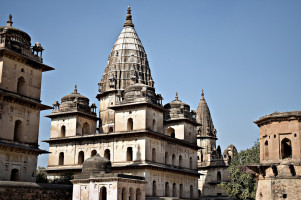
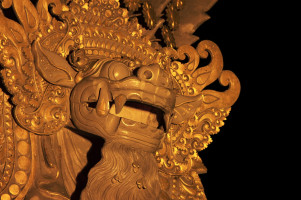
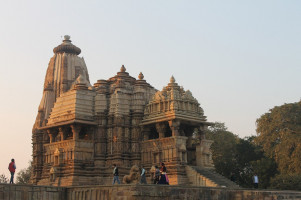
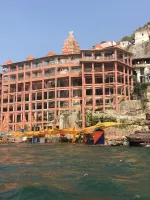
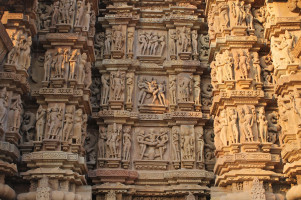
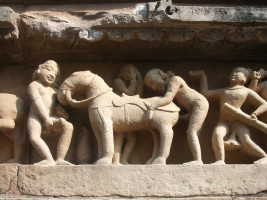
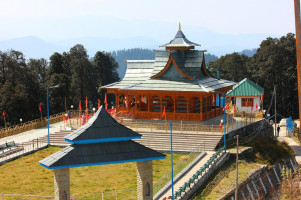

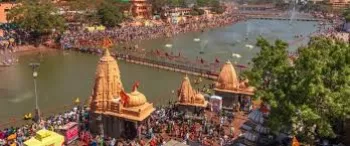

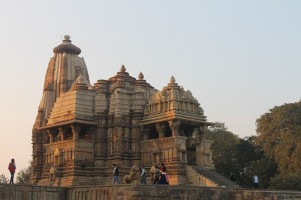
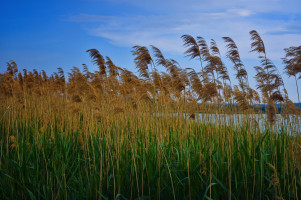
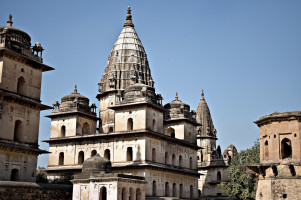
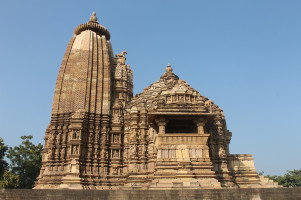
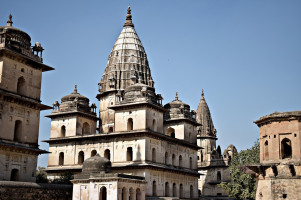

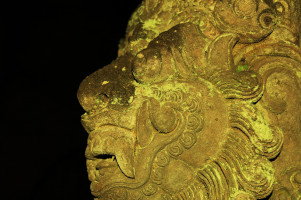
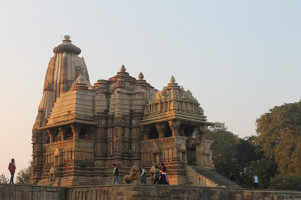
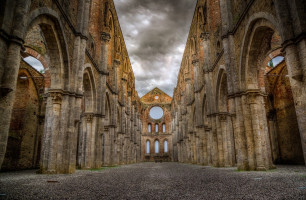
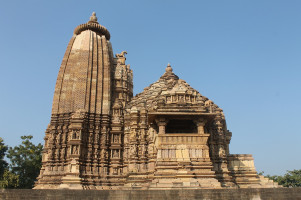
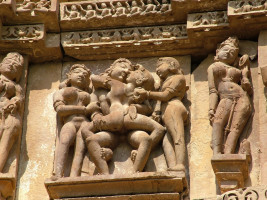



 May
May June
June July
July August
August September
September October
October November
November December
December January
January February
February March
March April
April





